The new cookbook Sofreh doesn’t open with tempting menus for future dinner parties or ingredient lists, but with a poetic conversation between an unnamed narrator and a grapevine. When asked why it continues to grow despite bearing so much fruit, the vine answers: “Why stop now, when there is such immense joy in my reaching for the sun.”
“Roots are very important to me,” says chef and author Nasim Alikhani. “I literally brought a little stem from my father’s grape garden in Iran, which originally he brought to our home from his own village.” She planted that vine in the back garden of her small Persian restaurant Sofreh. “That’s my roots, but whether the leaves grow, that’s up to the sky,” she says.
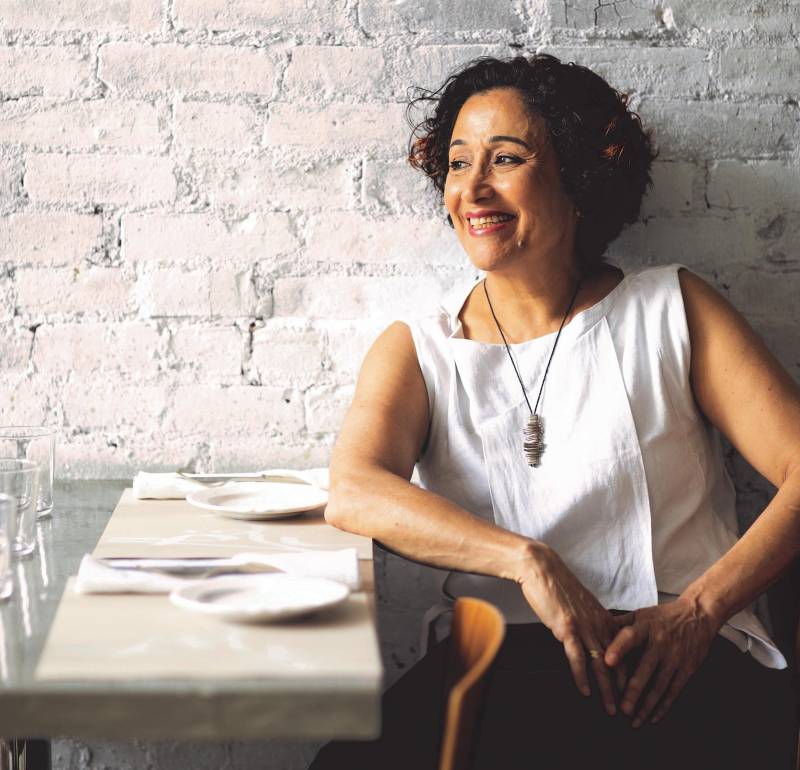
In the five years since Sofreh opened its doors in the Prospect Heights neighborhood of Brooklyn, Alikhani has earned a James Beard nomination, cooked at the White House and for the Metropolitan Museum’s annual Met Gala. She says she’d always envisioned writing a cookbook but she also wanted her first book to be more than just a collection of recipes.
The Farsi word Sofreh refers to both the ornate table covering laid before a meal and to the many familial, religious and seasonal celebrations centered on food. Sofreh: A Contemporary Approach to Classic Persian Cuisine was published earlier this summer, and blends recipes with Alikhani’s personal story of leaving Iran, migration and reinvention.
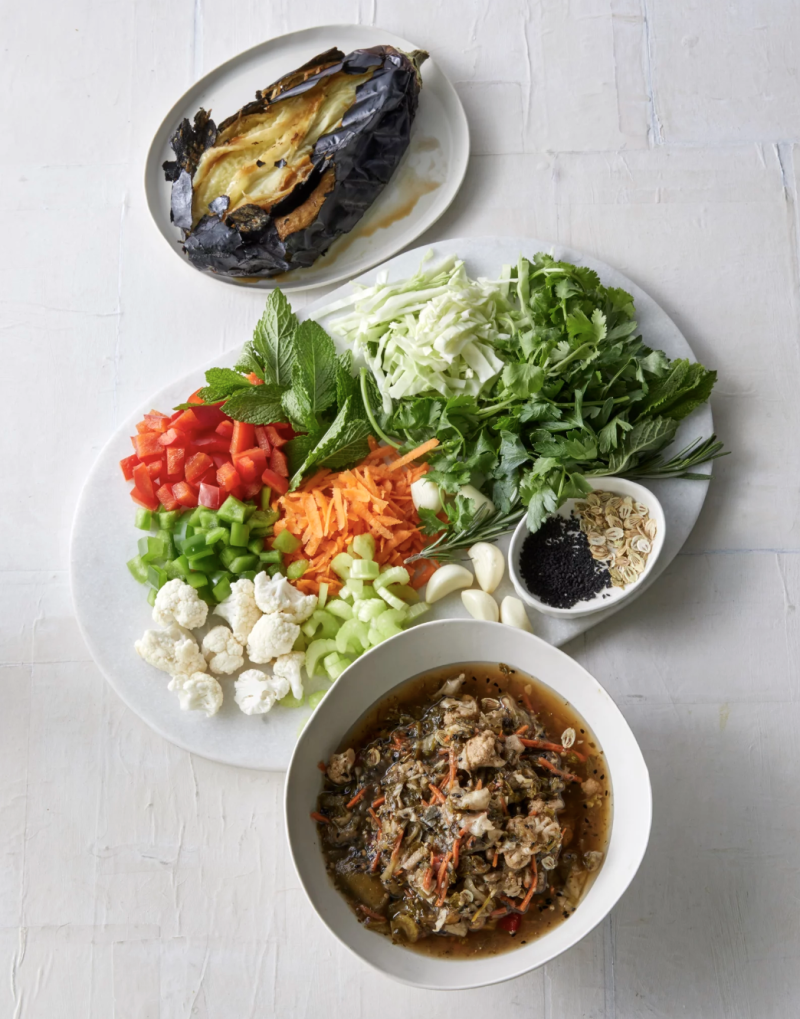
Alikhani was 59 when she opened the restaurant in 2018, and she says what may have been insurmountable disadvantages in a cutthroat industry — her immigrant identity, gender and age — have also become the roots of her success. “I think once you practice who you are, no matter where you are, you’re home.”
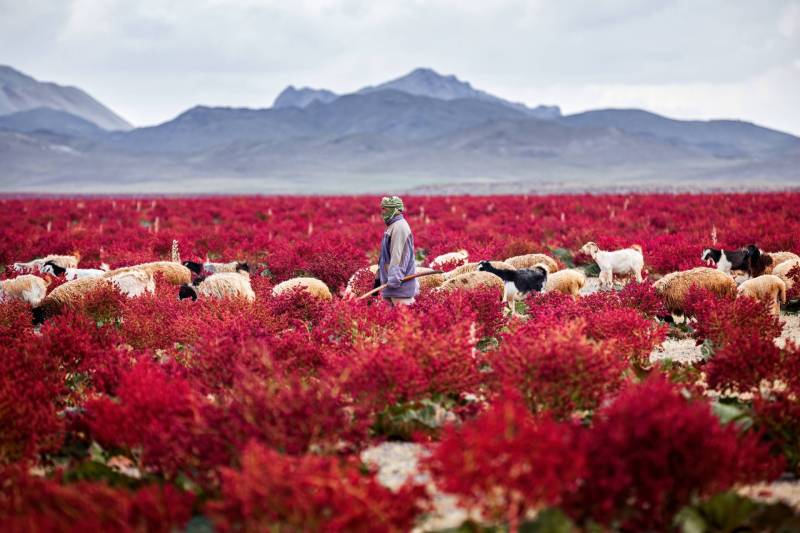
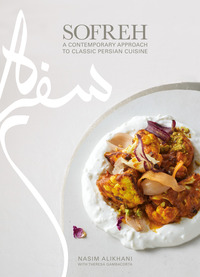
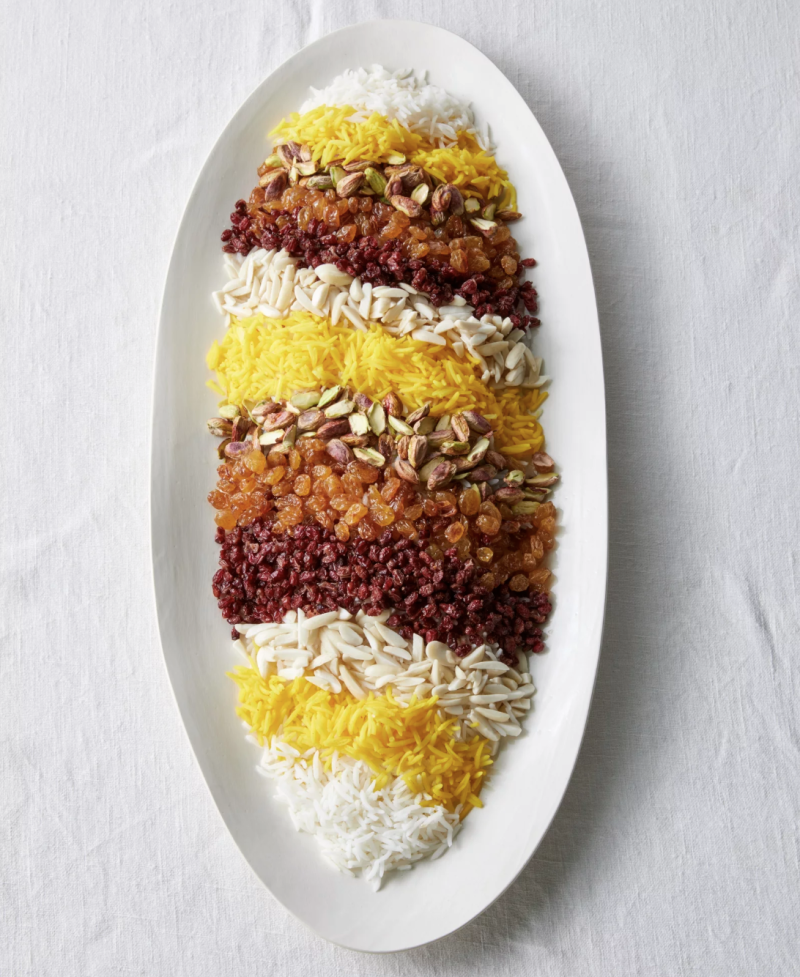
9(MDAxOTAwOTE4MDEyMTkxMDAzNjczZDljZA004))

